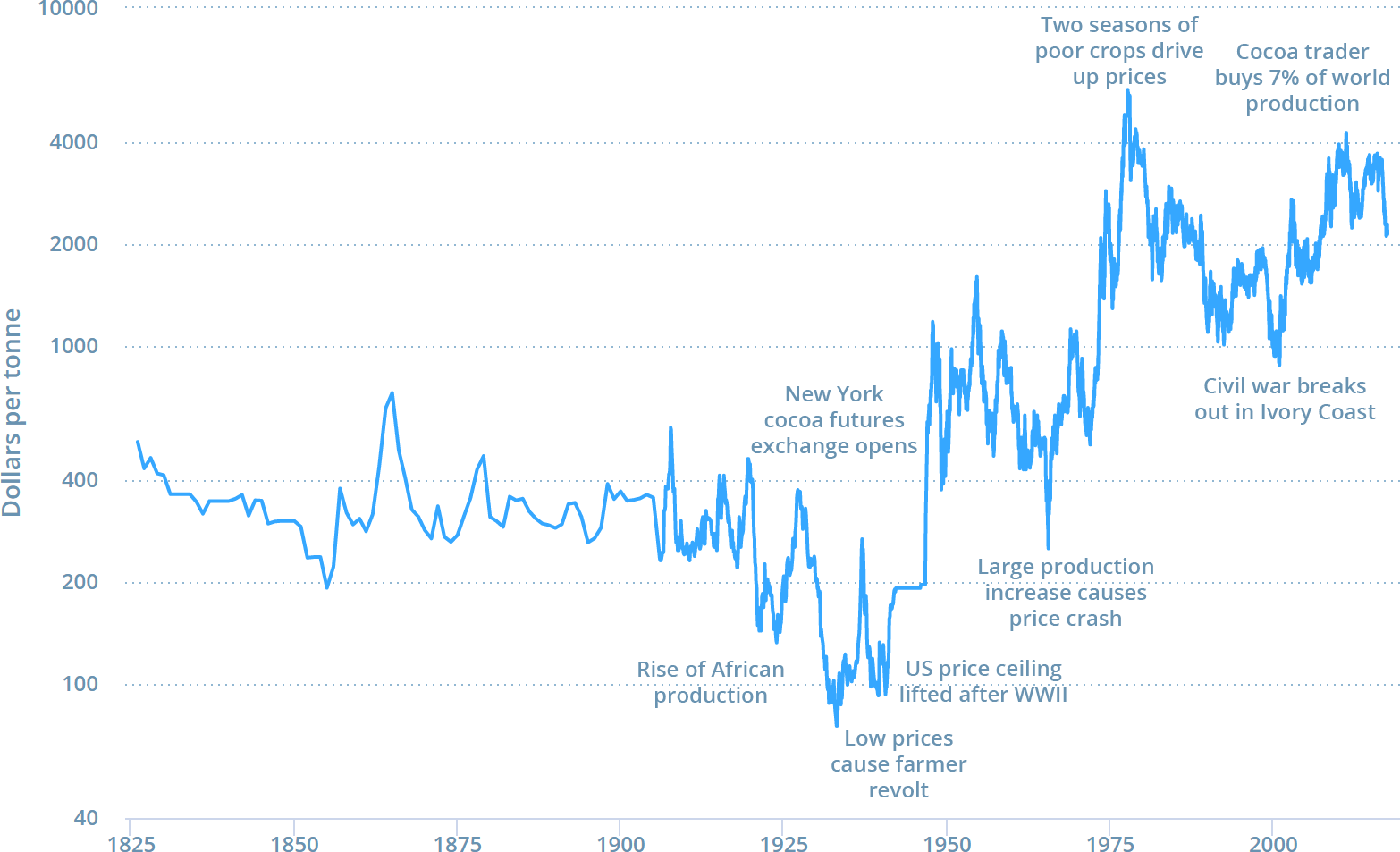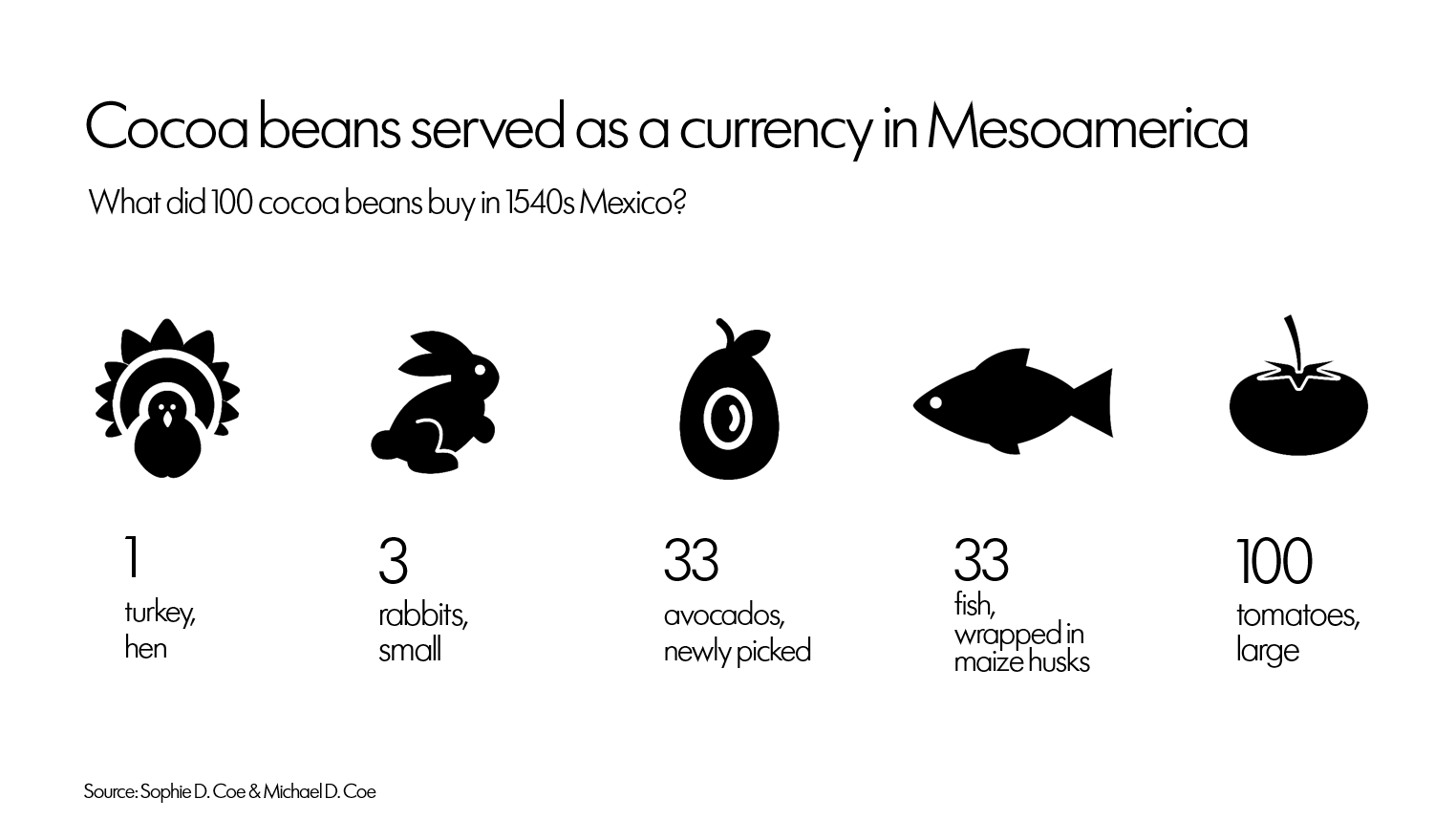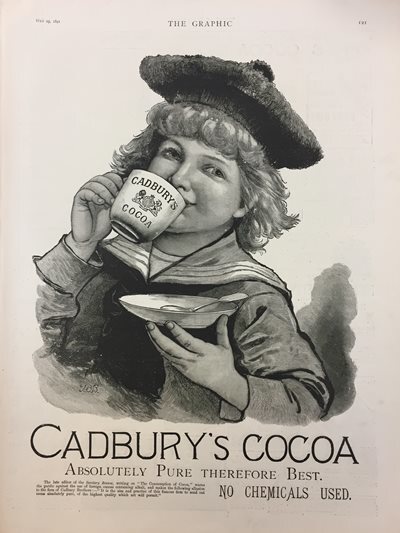From the uber-quants at Winton, July 11, 2017:
A recent Longer View article looked at standout commodities performer palladium. Now, for the dunce of the class: cocoa.
The long history of cocoa ranges from a phase during which it was used as a unit of currency in Mayan and Aztec civilisations, to a dramatic spike in prices during the 1970s.
Almost 200 years of price data reveal that as well as precipitous drops that have melted gains, investors have also enjoyed longish periods of sweeter returns.

Sources: CRB; Winton
Money That Grows On Trees
Humans have enjoyed the fruits of the cocoa tree for thousands of years. Bitter, spicy chocolate drinks played an important role in Mayan and Aztec society, and the cocoa bean served as a unit of currency.

Candy Goes King Size
In the 19th century, the production of chocolate was industrialised. Innovations in bean processing paved the way for cocoa powder and chocolate bars. Firms like Cadbury and Nestlé developed chocolate treats for the masses. As production scaled up, factories required guaranteed supply, and forward contract sales proliferated. In London, what had been an informal trade carried out in coffee houses migrated to the Commercial Sale Room at Mincing Lane. Auctions took place on Tuesdays at 11.00.

Adulteration—with materials including powdered dried peas and ground brick—
was a major problem in 19th century cocoa products.
was a major problem in 19th century cocoa products.
This 1891 Cadbury’s Cocoa advertisement emphasised the product’s purity. Source: Winton archive.
Cooling Off
As late as 1880, South America and the Caribbean accounted for nearly all of world cocoa production. But around the same time, cultivation was beginning to spread to European colonies in Africa. Thanks in large part to mounds of new African supply, world production rose from 115,000 tonnes to 351,000 tonnes between 1900 and 1916. As a result, from 1907, cocoa prices drifted downwards, hitting lows below $100/tonne, and not reaching their previous highs on a sustained basis until the post-World War II demand boom. By 1930, small farmers in places like Ghana, Nigeria, Cameroon, and the Ivory Coast accounted for 65% of world production.....
As late as 1880, South America and the Caribbean accounted for nearly all of world cocoa production. But around the same time, cultivation was beginning to spread to European colonies in Africa. Thanks in large part to mounds of new African supply, world production rose from 115,000 tonnes to 351,000 tonnes between 1900 and 1916. As a result, from 1907, cocoa prices drifted downwards, hitting lows below $100/tonne, and not reaching their previous highs on a sustained basis until the post-World War II demand boom. By 1930, small farmers in places like Ghana, Nigeria, Cameroon, and the Ivory Coast accounted for 65% of world production.....
....MUCH MORE
Also at Winton, March 1, 2022
What is trend following?
How the strategy works and why investors include it in their portfolios.
But handy to have in your tool kit. Along with a bonbon or two.